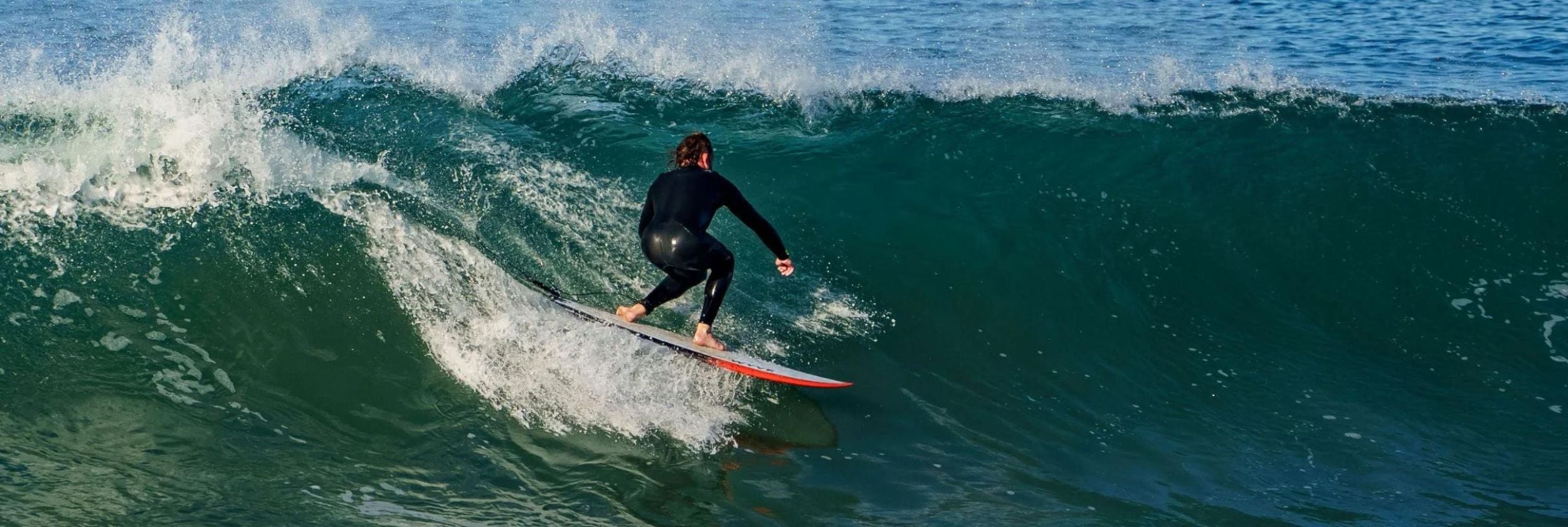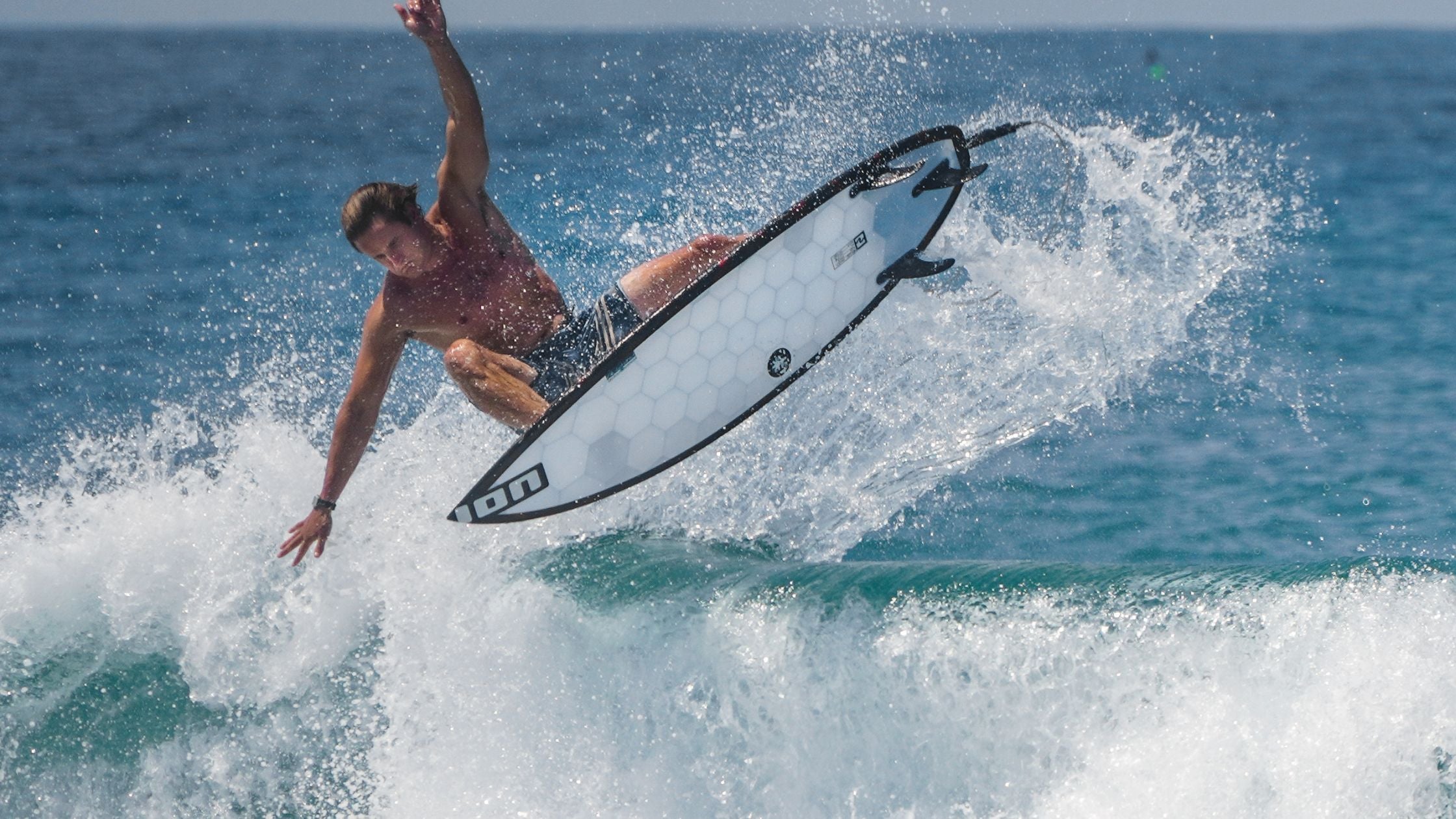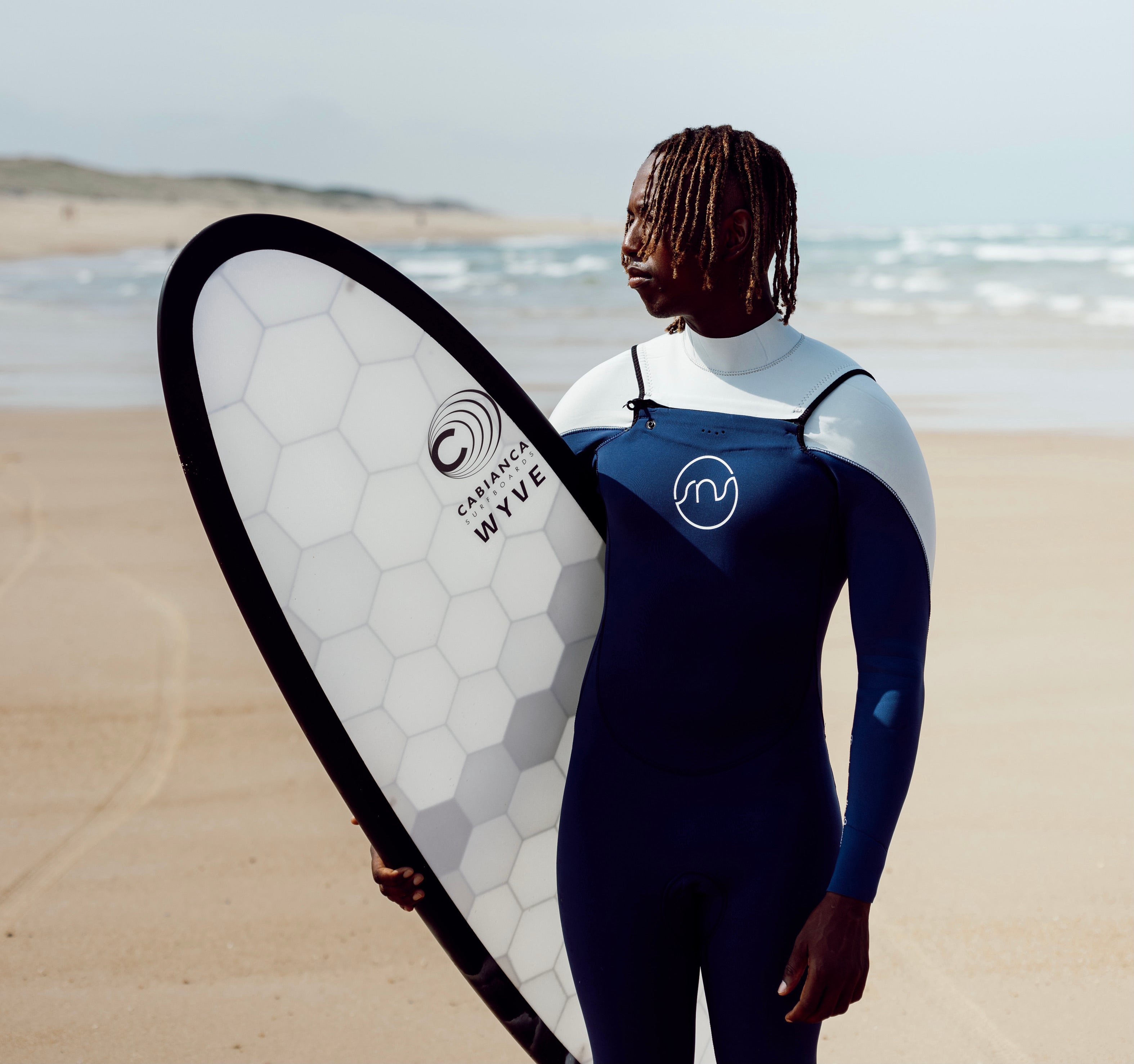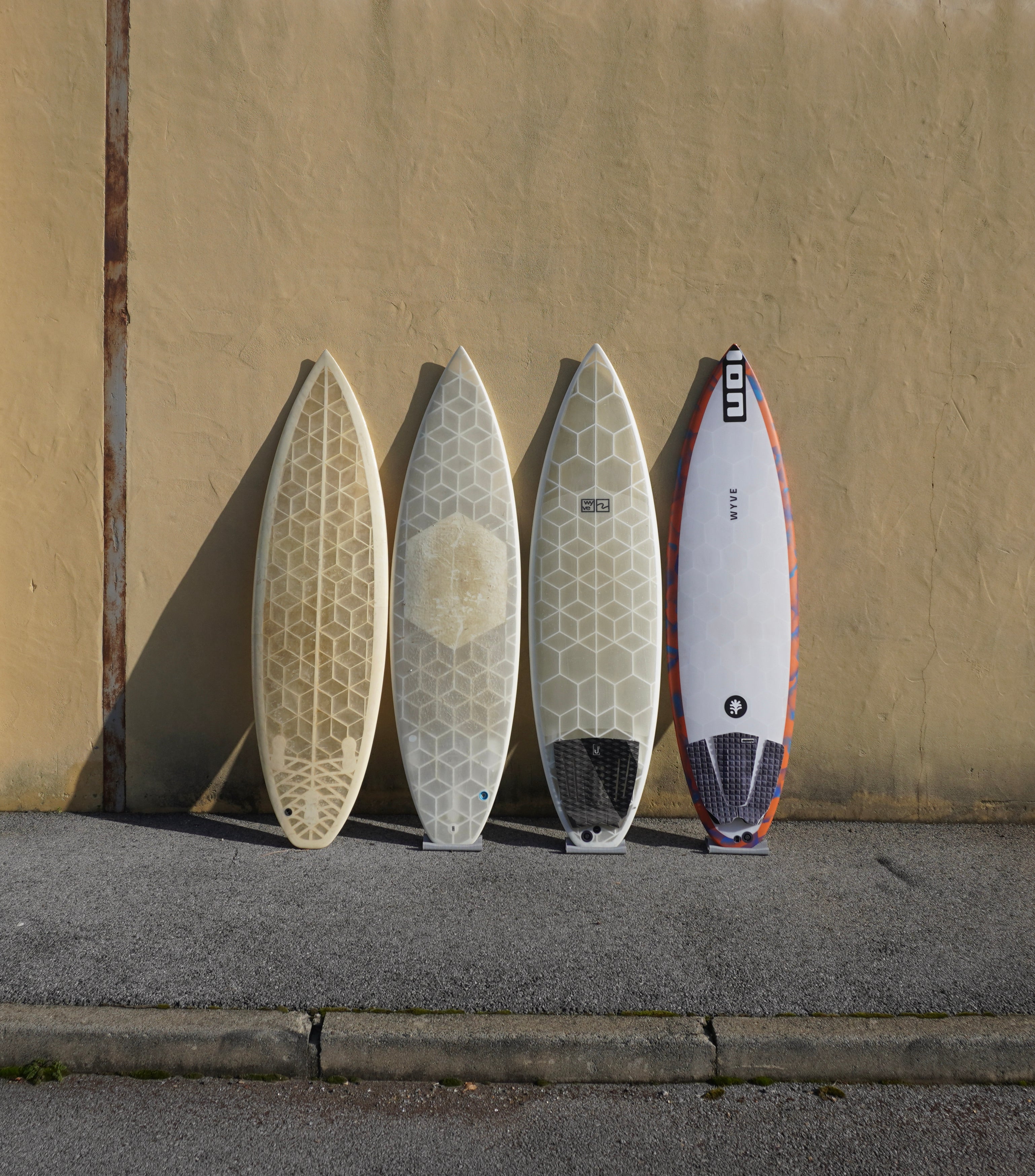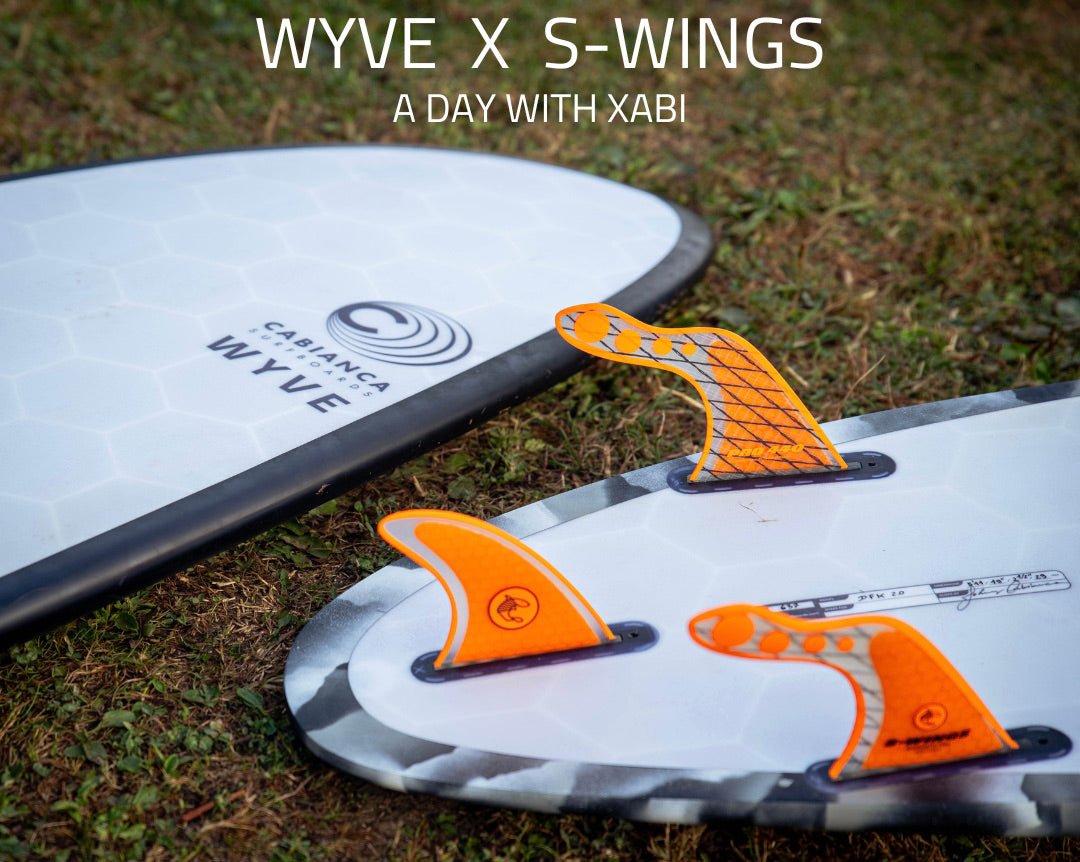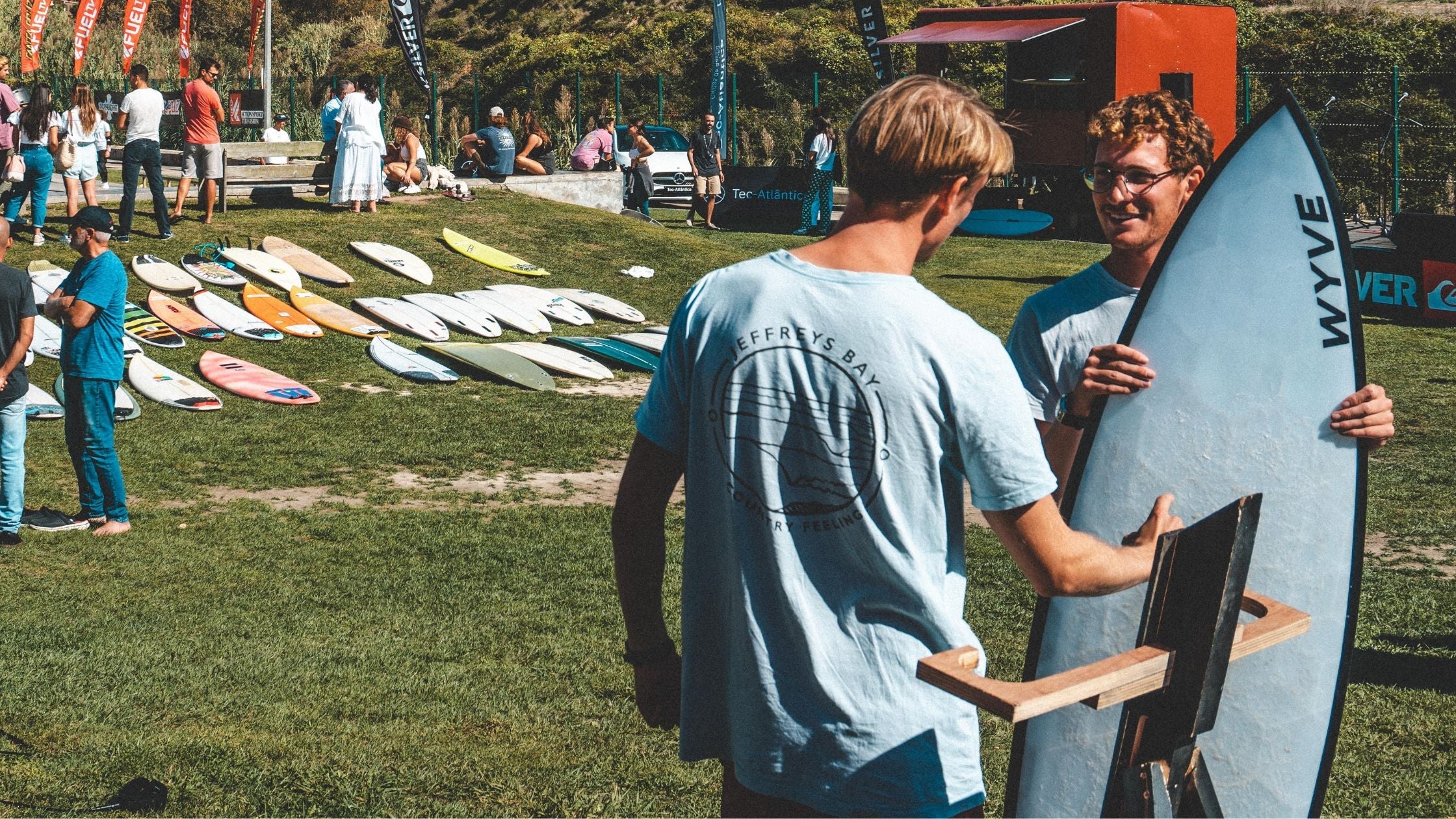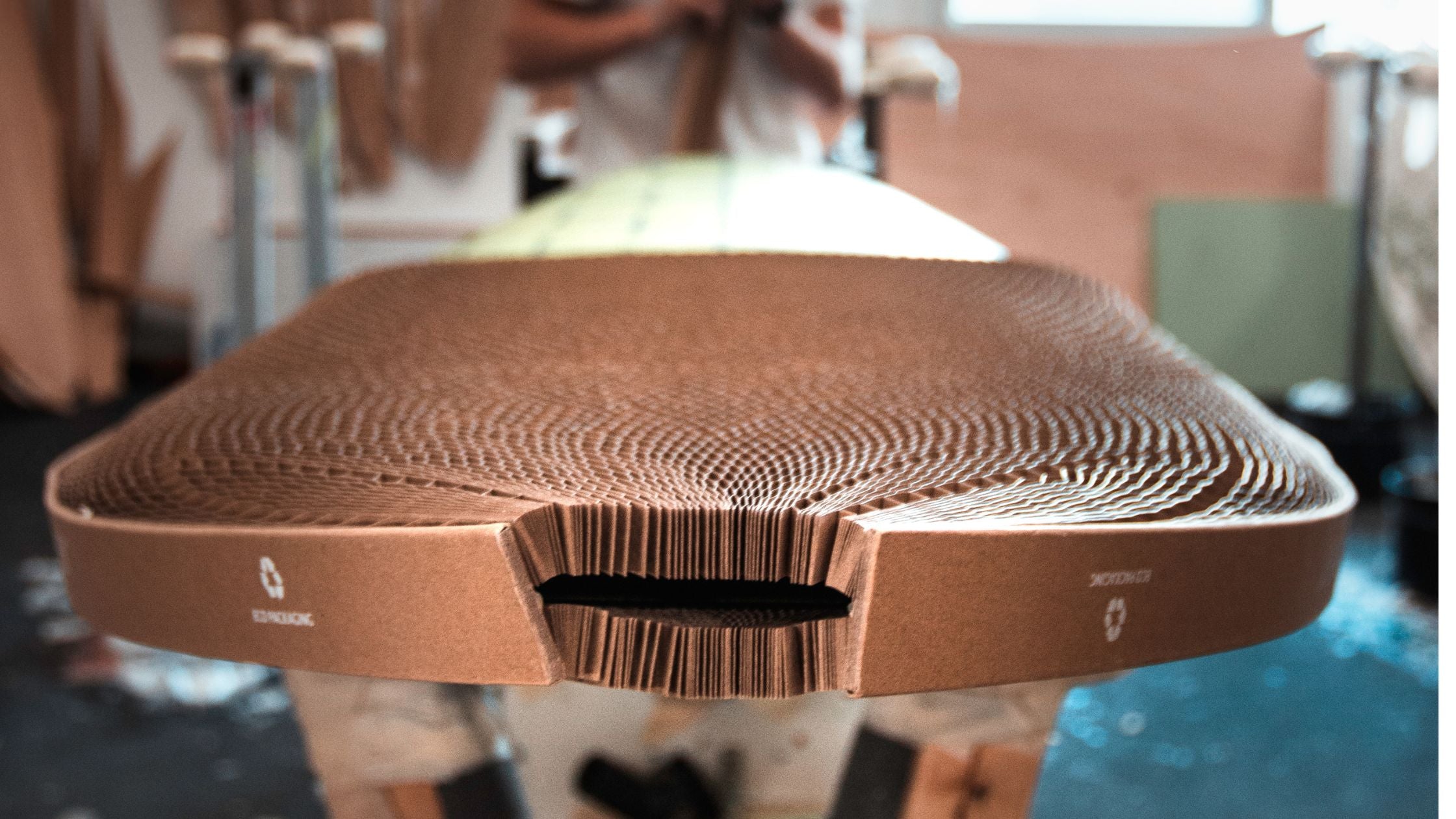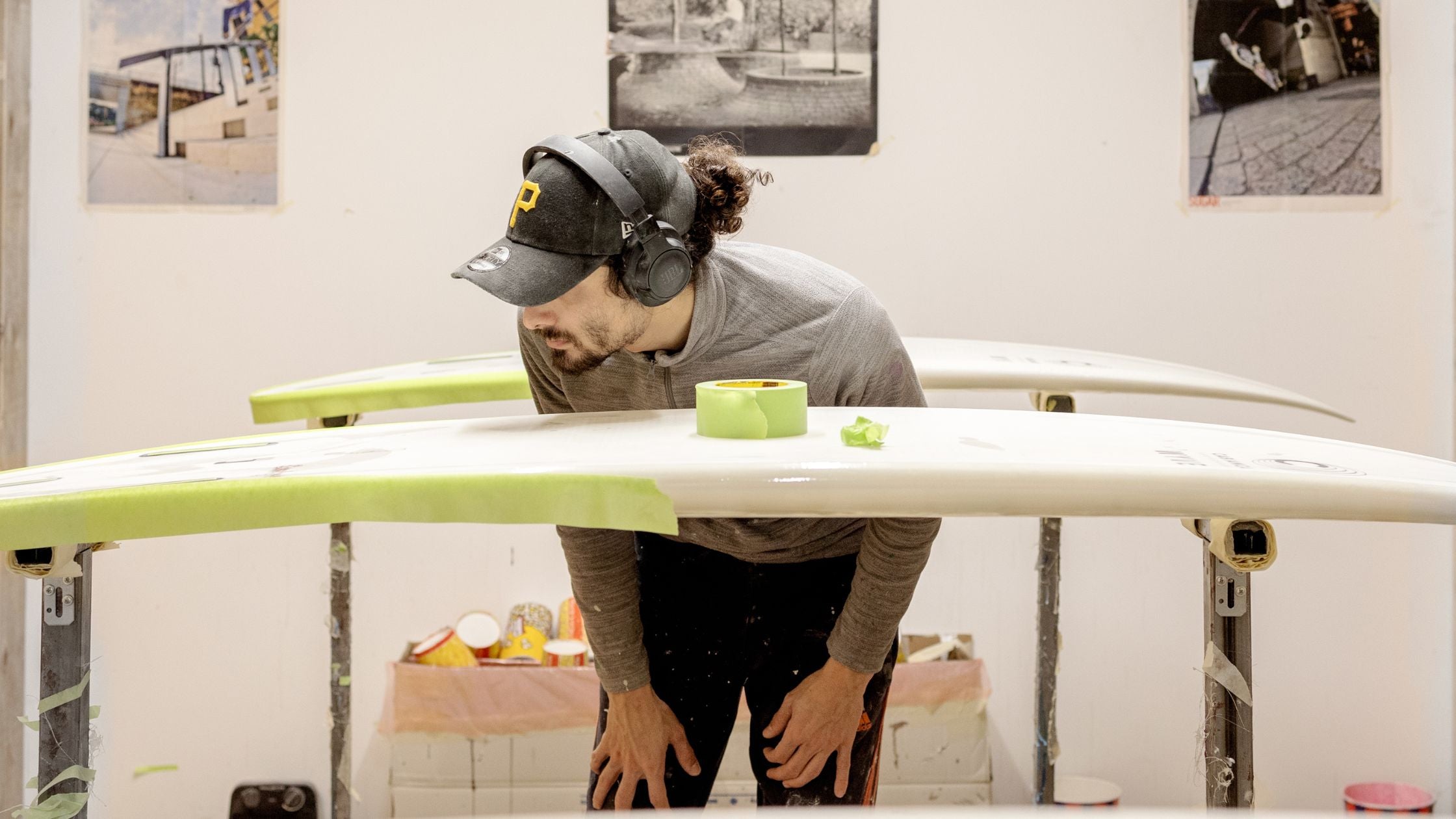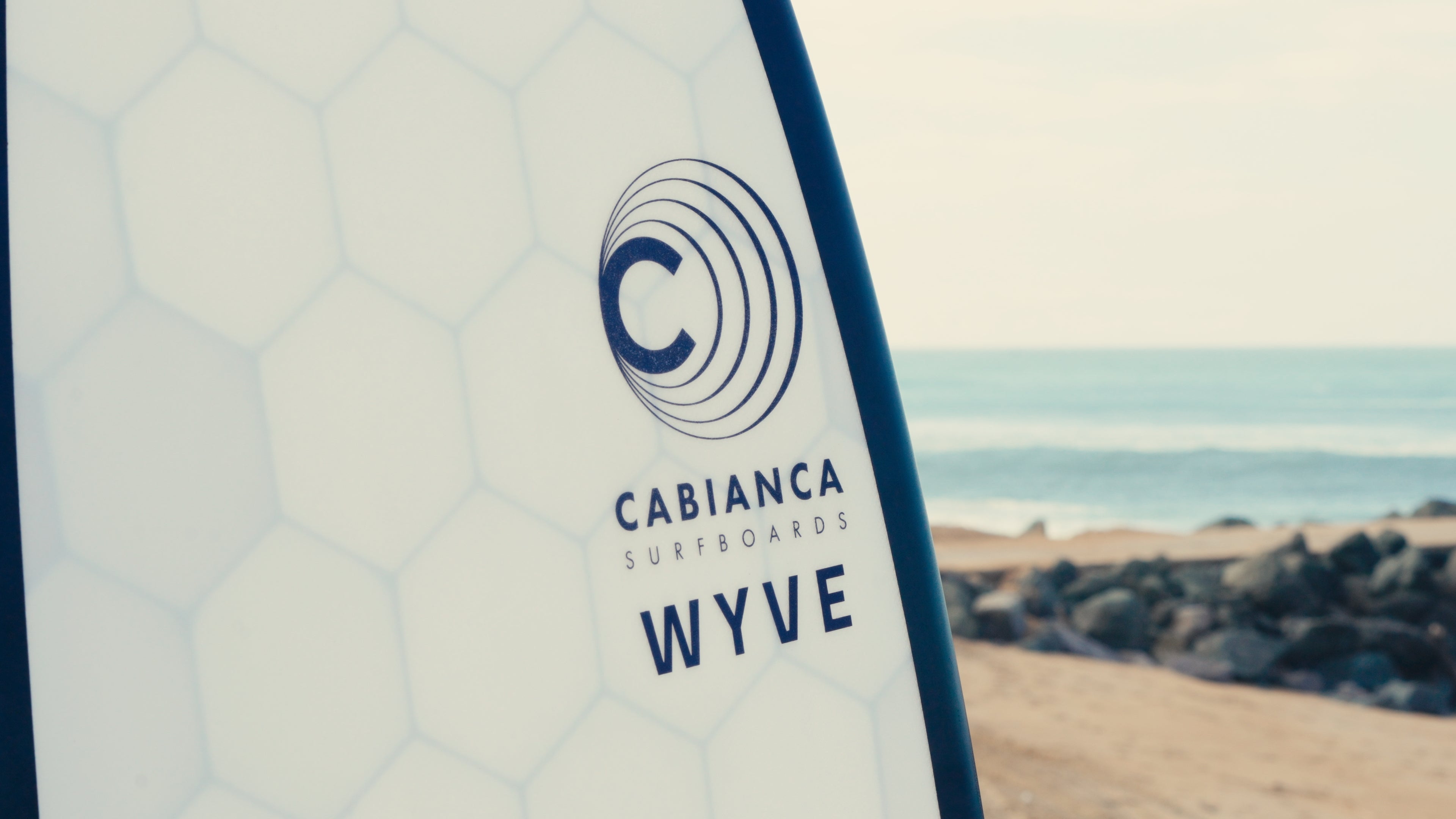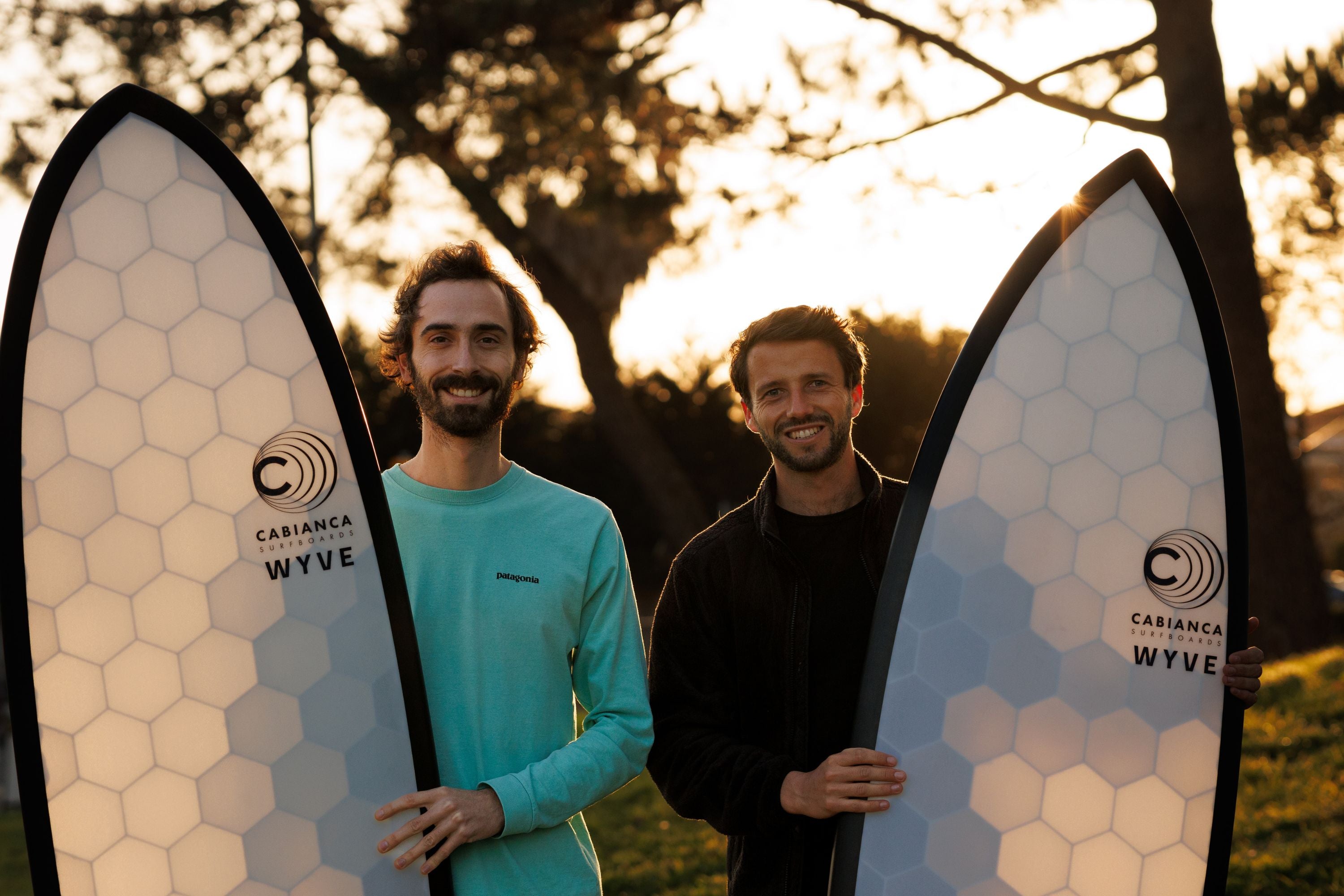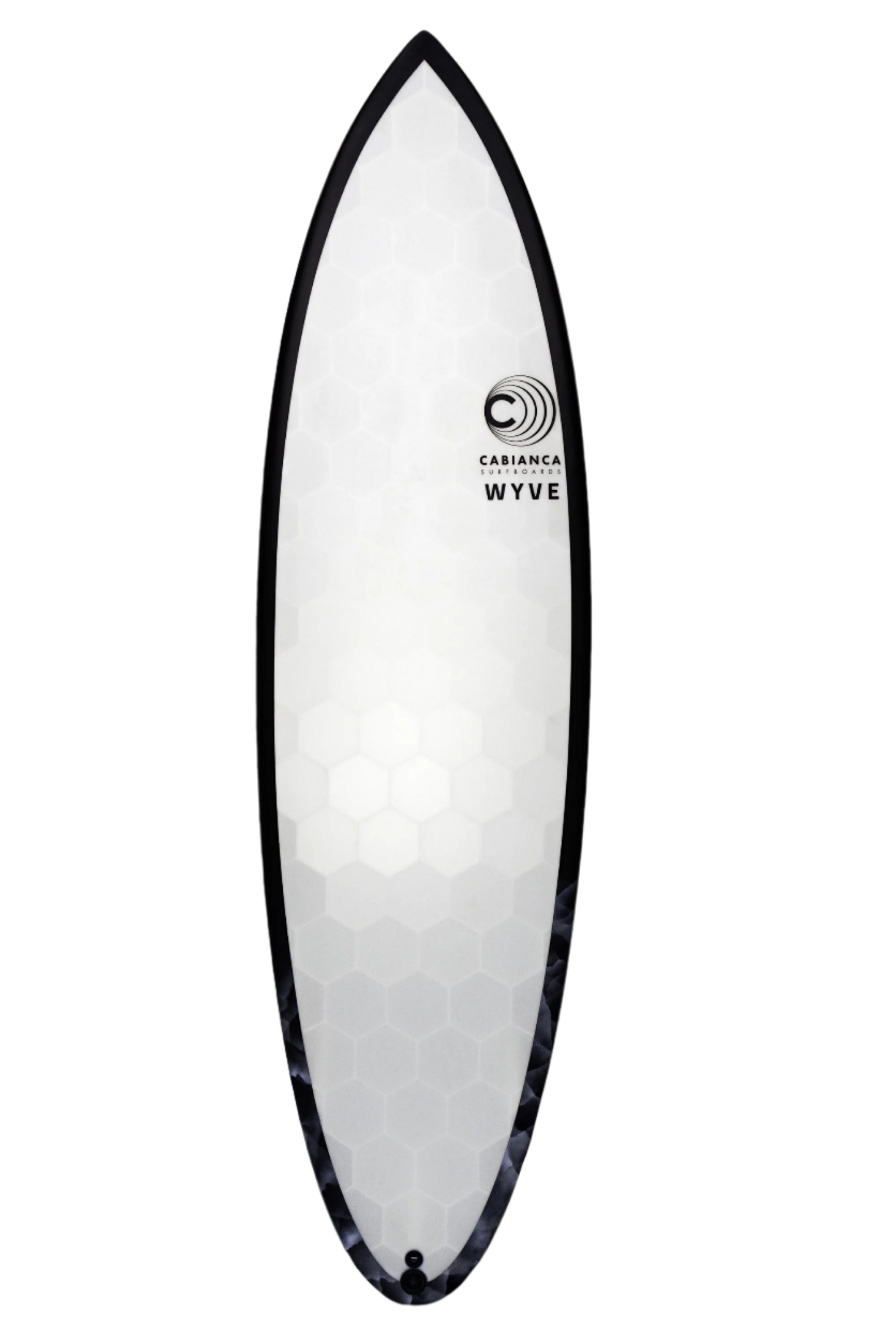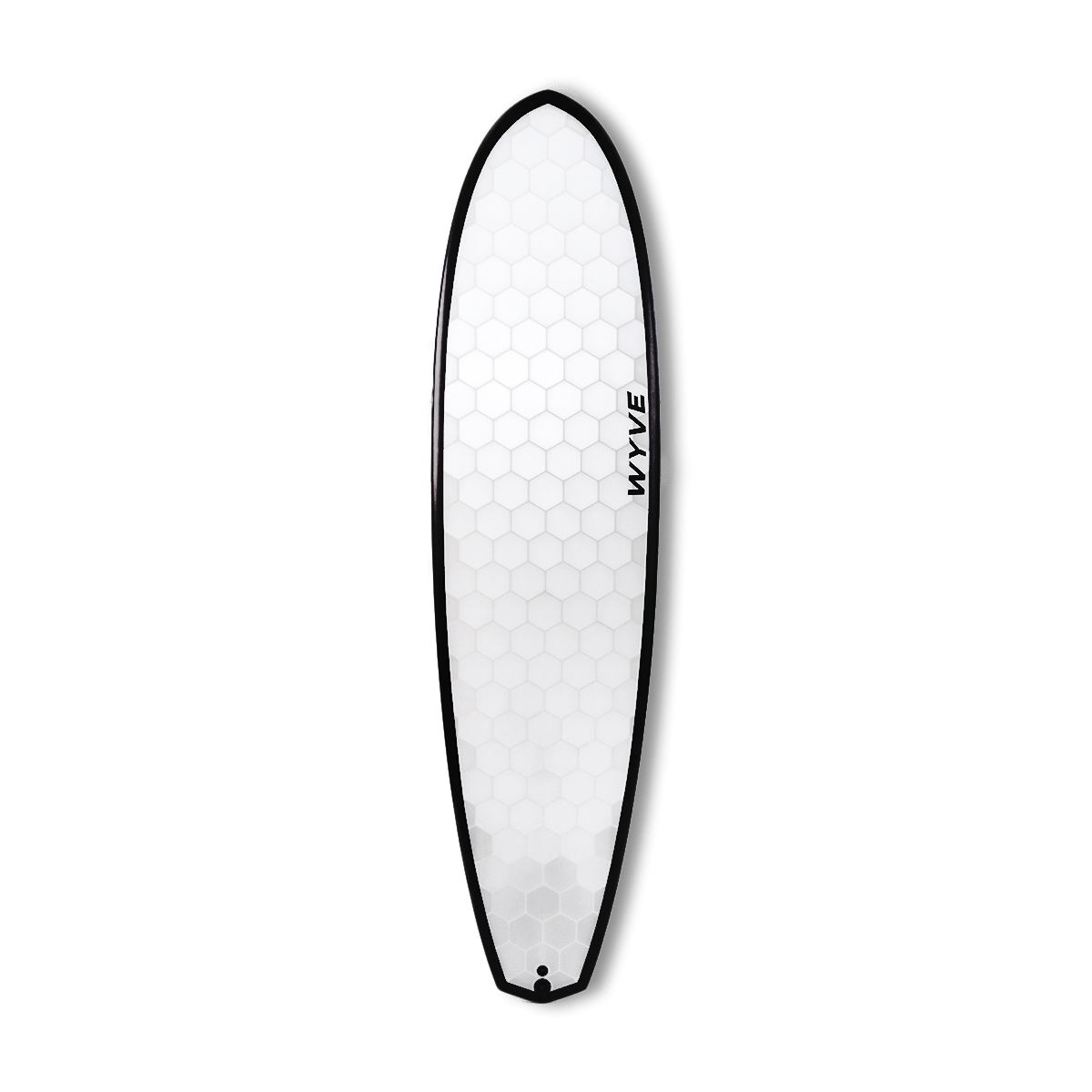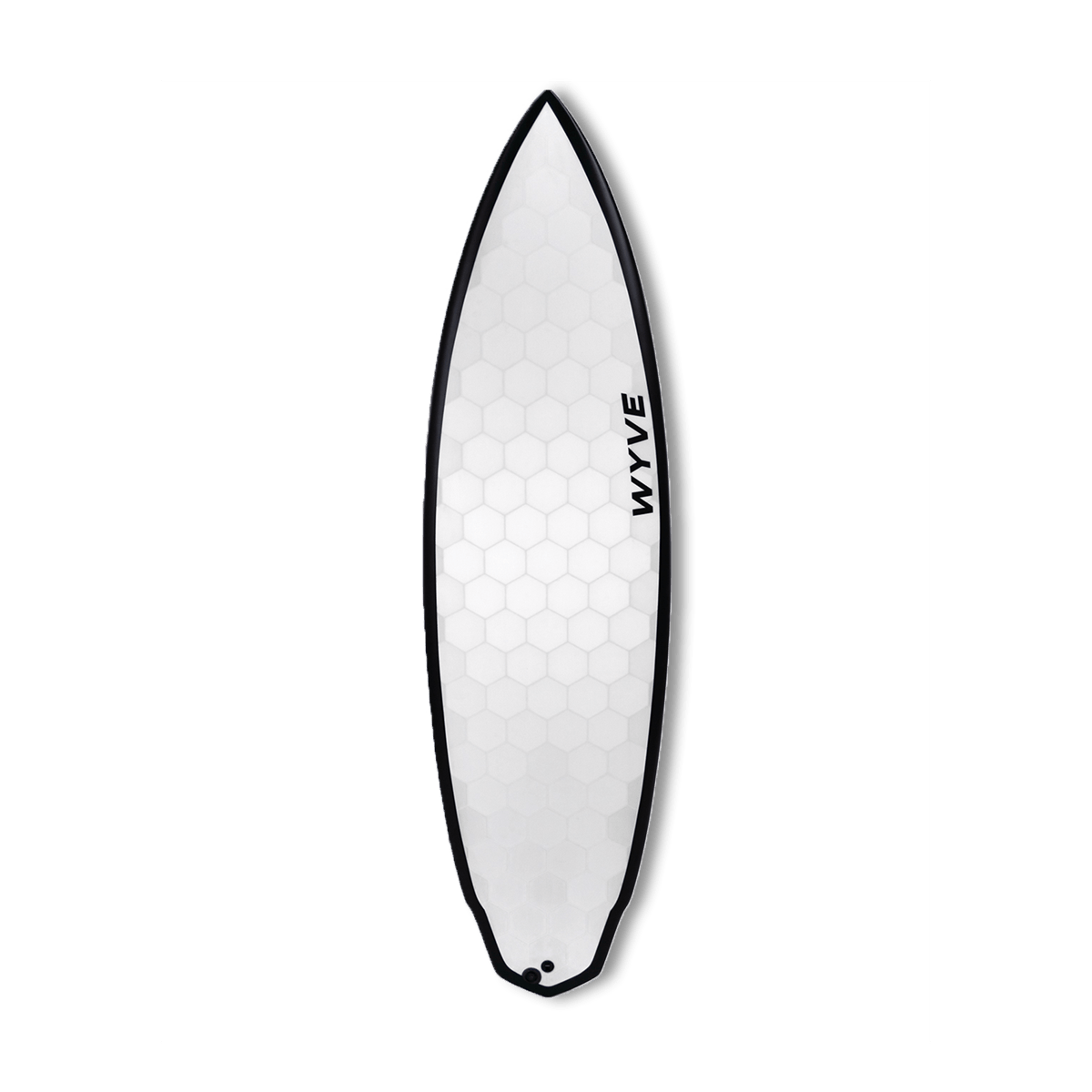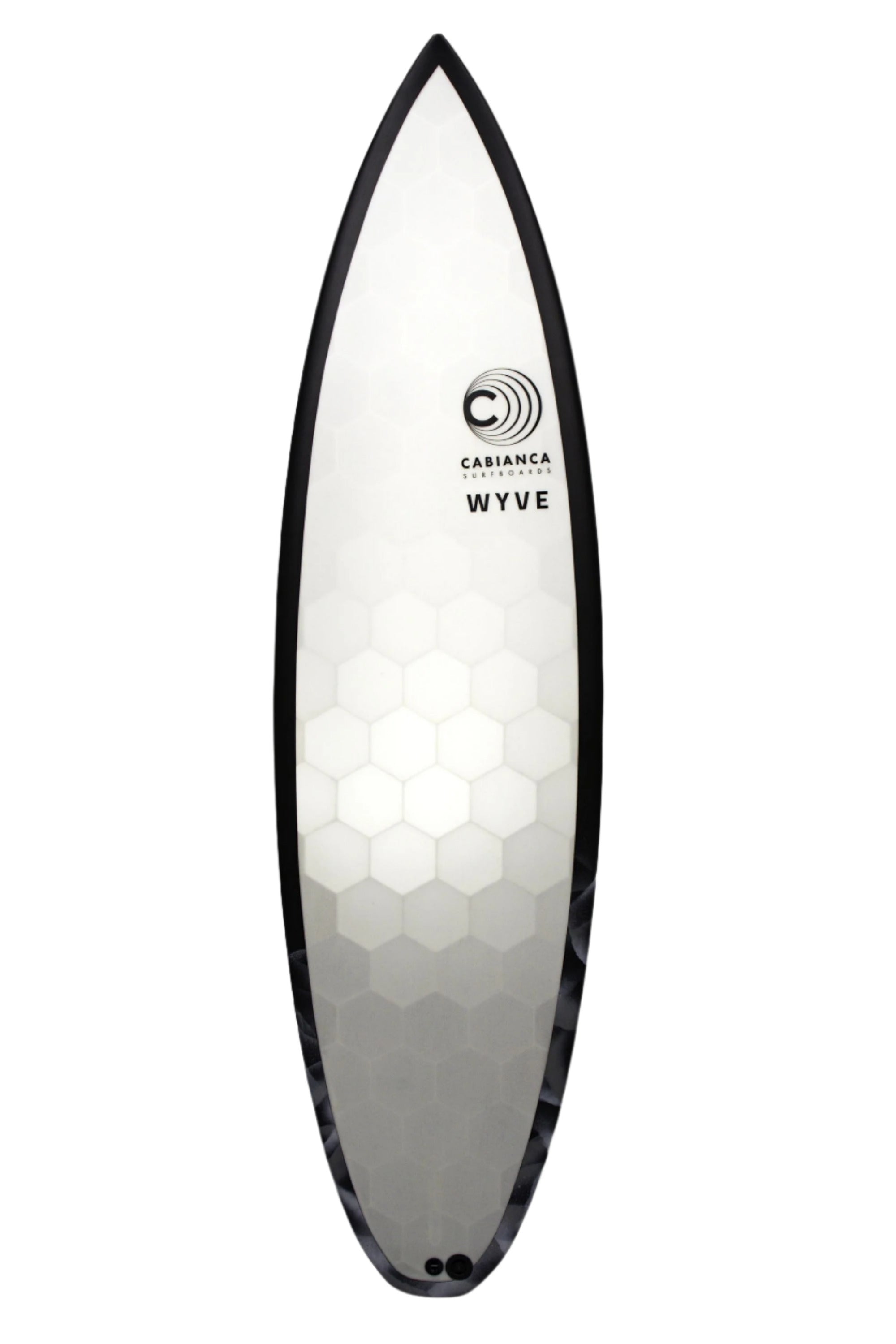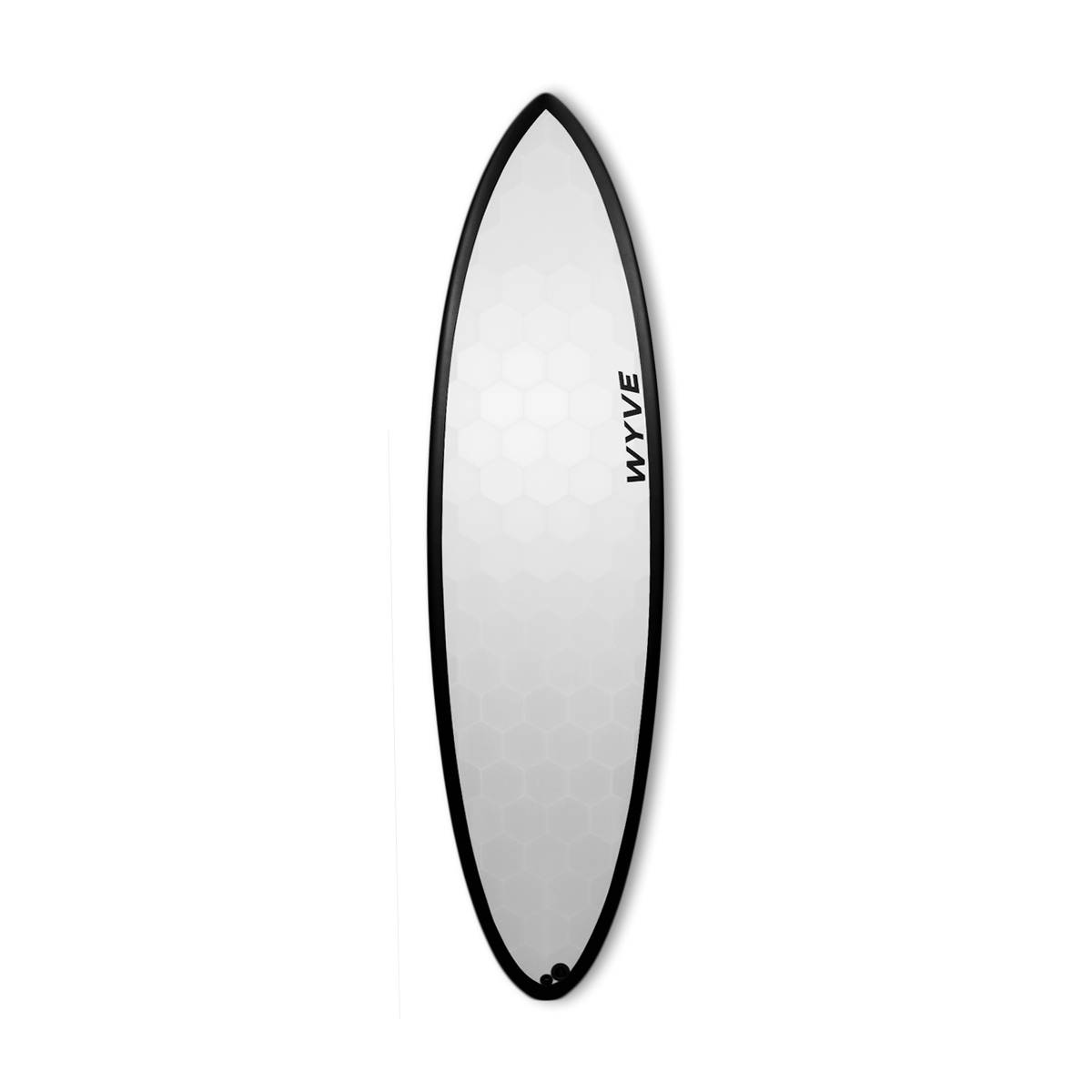Installing removable fins has become essential for any self-respecting modern surfer. But, when choosing between the two market references, FCS andFutures , it is not always easy to navigate.
However, this crucial choice will have a direct impact on the sensations and performance of your board . So there’s no question of making a mistake!
At Wyve , we offer our boards in 3D printing with the option of FCS or Futures equipment. We also have both fin systems in our online store.
Even if the FCS still has a dominant place in Europe, we do not have an absolute preference between the two options in terms of technical qualities. Our extensive tests convinced us of the respective advantages of each system.
In this complete guide written by our experts, you will learn everything about the functioning, strengths and weaknesses of FCS and Futures . Thanks to a detailed and objective analysis, you will be able to knowingly choose the fin system that best suits YOUR surfing.
So FCS or Futures : which surf fin system is right for you? Ready to unlock all the technical secrets of these two essential references? Let's go !

Understand the role of fins on a surfboard.
Before going into the details of the systems, let's come back to the essential role played by the fins on your surfboard. These little appendages under the board act like a directional rudder, impacting almost every technical aspect of surfing.
Stability
The fins are above all stabilizers. They keep the board in line and prevent it from skidding. Their bearing surface fights lateral sliding. Larger fins increase stability.
Maneuverability
The shape and stiffness of the fins affect how easily the board pivots and initiates turns. Short, straight profiles promote close changes of direction.
Speed
The drag induced by the fins slows down the progress of the board. Tapered, rearward-cambered fins minimize drag to preserve speed.
Directional stability
Rake, or backward curvature, determines the ability to hold the line in curves. The more pronounced the rake, the more momentum the board maintains through the turn.
The wearrance
The overall lift results from the wetted surface area of the ailerons. It lifts the board and influences the speed gain. Appropriately sized fins ensure optimal balance.
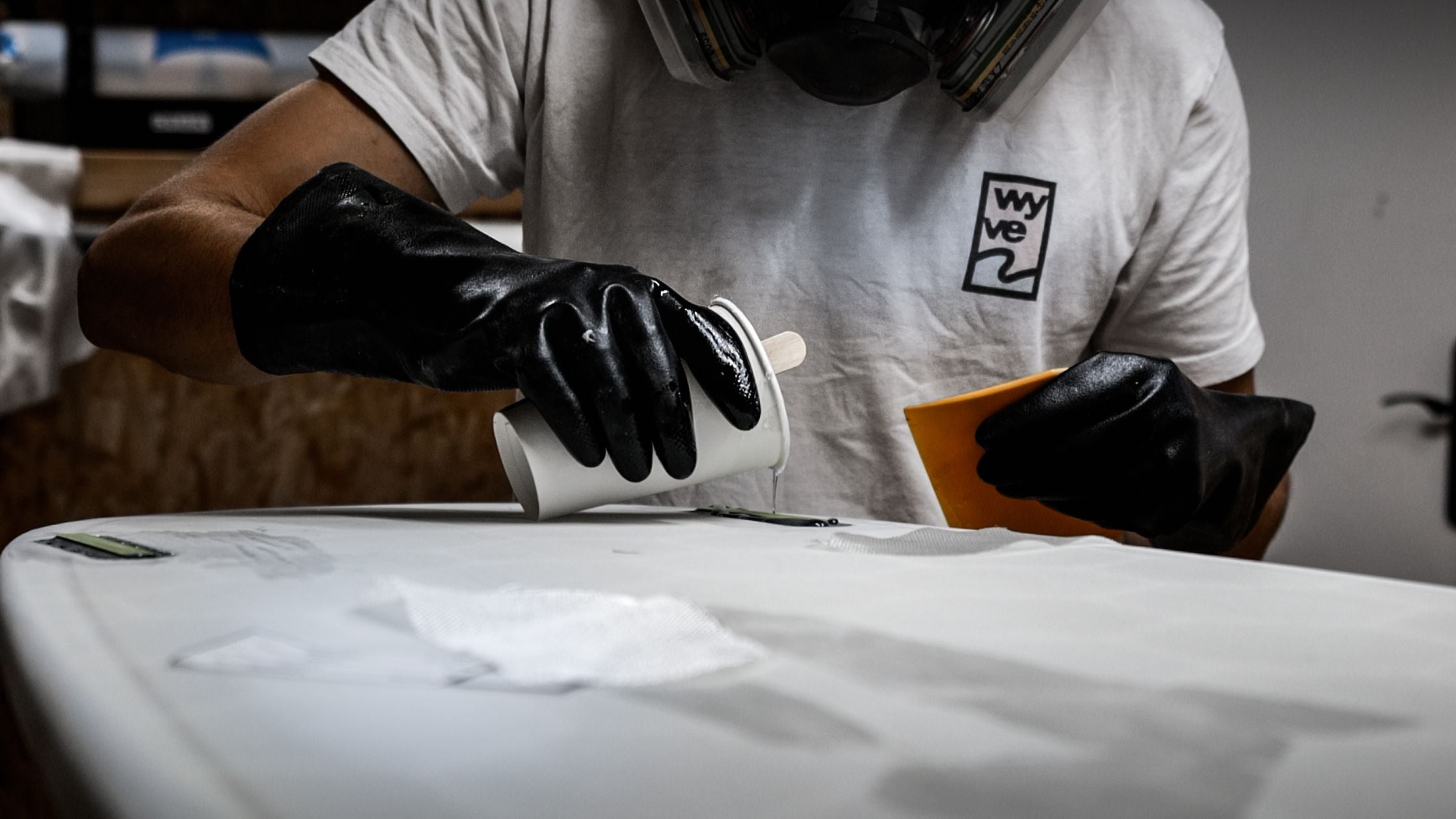
FCS: the historic market leader
Appeared in 1995, the FCS (Fin Control System) quickly established itself as a standard in the surf industry. How does it work? Screwed inserts fixed under the board, into which the fins clip.
The FCS Original or FCS 1 system.
This is the historic model, with classic screw fixing . Each fin has two small tabs inserted into the notches provided for this purpose in the board . Screwing with a special wrench ensures that the fins hold in place.
FCS II fins
This development launched in 2013 uses the basic principle, but with clipping of the ailerons without screws. An ingenious locking system maintains the fixation. Changing fins becomes even faster and more convenient.
The 5 advantages of the FCS system
- Very large choice of compatible fins
- Fastening proven and reliable over time
- Easy and quick change of ailerons
- Integration of inserts into the structure for greater robustness
- Compatibility between FCS I and II
Thanks to its dominant position on the market, FCS benefits from a very wide range of compatible fin models. The reliability of the system also explains its popularity. The FCS II evolution constitutes a very practical improvement to further simplify the change of fins.
Disadvantages of the FCS system
- Less resistant to twisting than Futures
- Risk of damaging the board in the event of a fin breakage
- Higher cost, especially for the FCS II version
The two-legged design creates stress points that can weaken the whole thing in the event of a violent impact. Compared to the Futures monoblock , the risk of damaging the structure of the board is greater.
On the budget side, the investment is more substantial, with a higher price for FCS fins, especially the FCS II. Expect from €80 to €150 for a set of FCS II fins.

Futures: the ultra-strong one-piece alternative
The Futures system was created in 1996. Its particularity is its unique longitudinal insert in which the fin is fixed, held by a screw. The great strength of Futures is its extremely solid one-piece design.
The advantages of the Futures Fins system
- Excellent structural strength
- One-piece base for a very solid connection
- Lightness
- Easy and quick installation
- Affordable prices
The one-piece design distributes forces perfectly, avoiding breakage points. Futures thus resists the strongest constraints. Installation is simplified by the single-insert, and the budget remains reasonable.
The disadvantages of the Futures Fins system
- Less choice of fins than FCS
- Requires more precision during installation
- Less common than FCS
Despite progress in recent years, the offer of compatible fins remains more limited. Installation also requires more attention than with a two-legged system.
Count on €80 to €150 for a set of Futures Fins fins.

Tips for choosing your fin system
Several criteria can help you choose the most suitable system:- Your usual surf spots
- Your riding style and type of practice
- Your performance level
- Your budget
- Availability of fins in your region
- Compatibility with your existing fins
Don’t hesitate to test boards equipped with both systems to get your own idea. Also get advice from your friends, a surfshop to get a personalized recommendation.
With these guidelines, you will find the technical solution corresponding to your sliding objectives and desired sensations.

Conclusion
FCS or Futures: which surf fin system is right for you?
The answer to this question depends on several factors, including your surfing style, performance level, budget, and personal preferences .
FCS and Futures are the two most popular surf fin systems. They both offer advantages and disadvantages , and the best system for you will depend on your specific needs.
Here is a summary of the advantages and disadvantages of each fin system:
FCS fins
-
The Advantages of FCS Fins:
- Easy and quick installation
- Wide choice of compatible fins
- Affordable price
-
The inconvenients :
- Less resistant than Futures
- Risk of breaking the board in the event of a broken fin
- Higher cost, especially for the FCS II version
Future Fins fins
-
The Advantages of Futures:
- Excellent structural strength
- One-piece base for a very solid connection
- Lightness
- Affordable price
-
The Disadvantages of Futures:
- Less choice of fins than FCS
- Requires more precision during installation
-
Less common than FCS
Tips for choosing your fin system
- Think about your surfing style. If you're a powerful wave surfer, you'll need a durable system. If you're a soft wave surfer, you can get by with a cheaper system.
- Consider your performance level. If you are an experienced surfer, you will need a system that offers good performance. If you are a beginner or intermediate surfer, you can get by with a simpler system.
- Set your budget. Fin systems can be expensive. Set your budget before you start shopping.
- Read user reviews. User reviews can help you make an informed choice.
- Test both systems. The best way to choose the right system for you is to test them. If you have the chance, rent a board equipped with each system to see which you prefer.
At Wyve , we offer our boards in 3D printing with a choice of an FCS or Futures fin system. You can configure your tailor-made surf with the setup that perfectly suits your style.
Discover our entire range of boards and order yours equipped with the system of your choice for sensational surfing!



